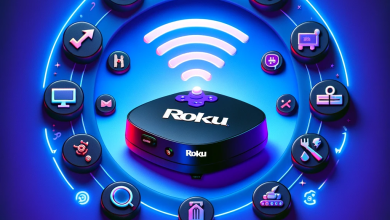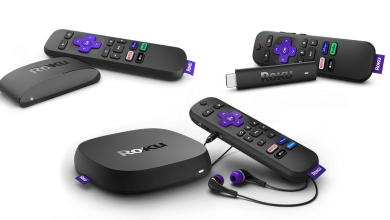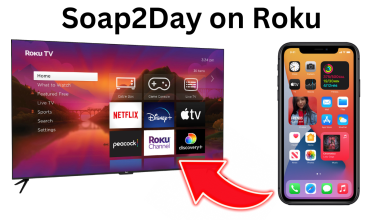How to Fix Roku Screen Mirroring not Working on Windows?
The most common cause for Roku Screen Mirroring not Working on Windows is often related to network settings, where both devices need to be on the same network and configured to allow mirroring. Additional factors could include outdated software on either device or incorrect display settings on Windows.

Understanding these dynamics is crucial for troubleshooting. Users should also check Roku’s support channels for any known issues or updates that could affect connectivity.
We have investigated this issue by reviewing various user reports and have identified commonly used strategies to troubleshoot this problem on Windows. It seems there are several potential causes, including:
- Outdated Miracast driver – This error often occurs when your computer uses screen mirroring technology that the current driver version does not support. To fix this, you can update the Miracast driver to the latest version through Windows Update (WU) or directly via the Device Manager.
- Roku device in a limbo state – It’s possible that your Roku device has entered a limbo state, causing your operating system to perceive it as in limbo. To fix this, try disconnecting and then reconnecting the Roku device.
For those encountering this issue while trying to establish a screen mirroring connection with Roku, we provide several troubleshooting steps that may resolve the problem. The methods below have been confirmed effective by at least one user. We recommend following the potential fixes in the order presented, as they are organized by difficulty and efficiency.
1. Updating Windows Build to the Latest
A functioning Miracast driver is essential for screen-mirroring connections to Roku. These drivers are updated through the Windows Update component in recent versions of Windows.
If your Windows version isn’t up to date, issues may arise due to outdated drivers. Installing all available Windows updates, including optional ones, has resolved the problem for some users.
- Press Windows key + R, enter ms-settings:windowsupdate, and press Enter to open the Windows Update tab of the Settings app.
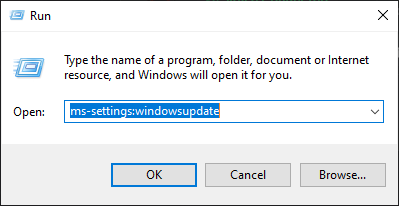
- Click on Check for updates within the Windows Update tab and allow the update check to complete. Follow the on-screen prompts to install any found updates.
 Note: If prompted to restart during the update process, do so, but return to this screen after rebooting to complete any remaining updates.
Note: If prompted to restart during the update process, do so, but return to this screen after rebooting to complete any remaining updates. - Once all updates are installed, restart your computer and verify whether the issue with Roku Screen Mirroring is resolved.
2. Removing Roku from the List of Connected Devices
A Roku driver in a limbo state might cause your operating system to believe the device is still in the process of connecting, thus blocking the completion of the connection. Removing and then re-adding the wireless display adapter used by Roku after an unexpected disconnection has been a successful fix for some users.
- Press Windows key + R, type ms-settings:connecteddevices and press Enter to open the Connected Devices section of the Settings app.

- In the Bluetooth & other devices section, scroll down to Other Devices and locate your Roku device. Click on it and select Remove device.
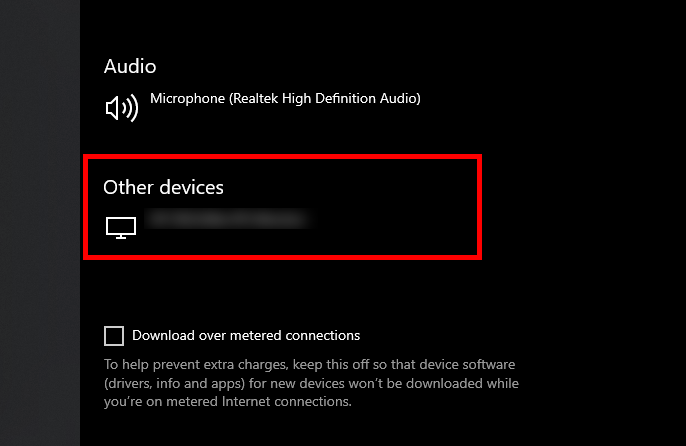
- Return to the top of the screen and click Add Bluetooth or other devices.
- On the Add a device screen, select Wireless display or dock, wait for your Roku device to appear, and then follow the on-screen instructions to complete the connection setup.
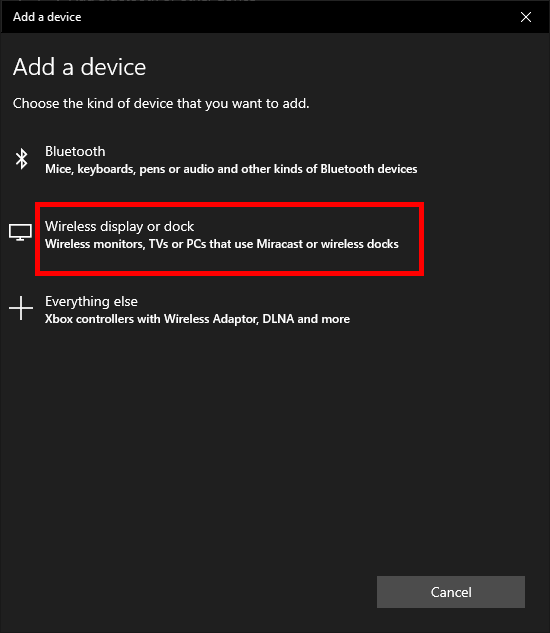
- After these steps, restart your computer and check if screen sharing with Roku works.
3. Make Sure your Network is Set as Private
To safeguard your computer in public networks, Windows Defender Firewall heightens its security measures, which can accidentally block connections like Roku screen mirroring. By switching your network profile to Private, you’re letting your system know it’s in a secure environment, often enabling smoother communication with devices on the same network, such as your Roku, hence potentially fixing connectivity issues.
- Press Windows + I to open the Settings app.
- Go to the Network & Internet section.
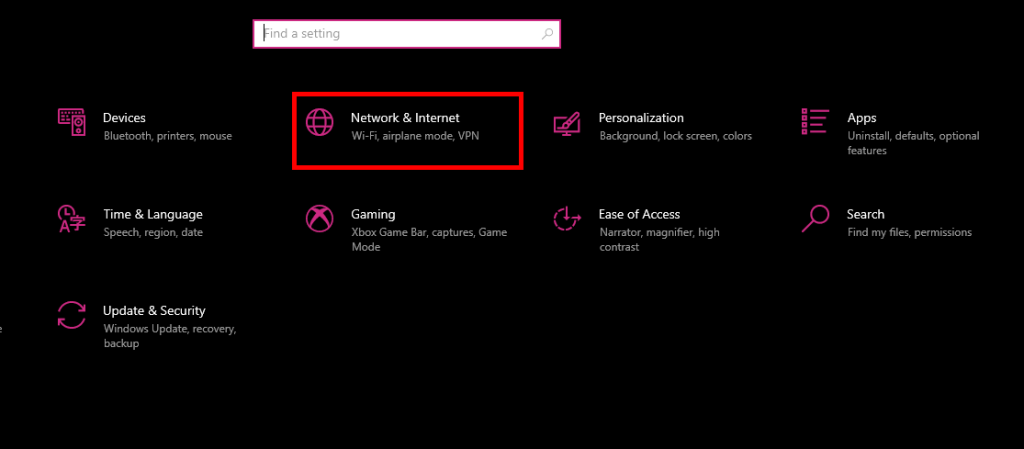
- In the Network Status section, find and click on Properties for your network adapter.
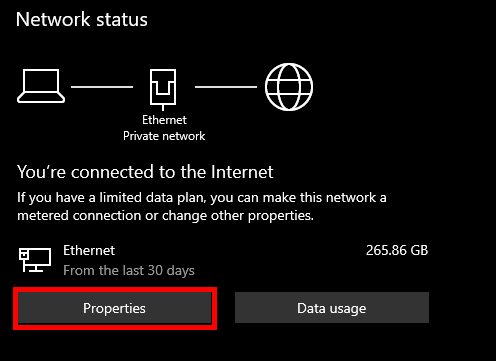
- Make sure the Network Profile is set to Private and not Public.
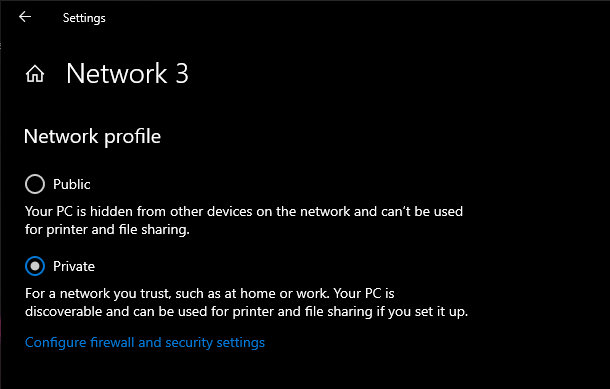
- Restart your computer and try to connect to your RokuTV again.
4. Updating the Wireless Network Driver
Enhancing your Wi-Fi adapter’s functionality, the step of updating your wireless network driver plays a crucial role in maintaining smooth communication between your Windows device and Roku. Newer drivers often fix previous compatibility or performance issues that could disrupt screen mirroring.
By making sure you have the latest driver, you’re aligning your system’s capabilities with the demands of current Miracast technology, potentially resolving any connection issues with your Roku.
- Press Windows key + R, type devmgmt.msc, and press Enter to open the Device Manager. If prompted by the UAC, click Yes to grant access.
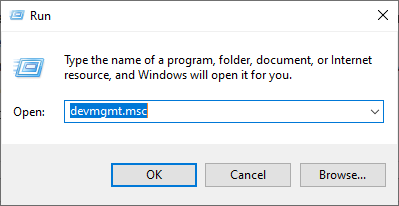
- In the Device Manager, expand Network Adapters, right-click on your wireless adapter, and select Properties.
- Switch to the Driver tab in the Properties window and click on Update Driver.

- Select Search Automatically for updated driver software and wait for the process to complete. Install any available updates by following the provided instructions.

- Once updated, restart your computer to see if the screen mirroring issue with Roku has been addressed.
